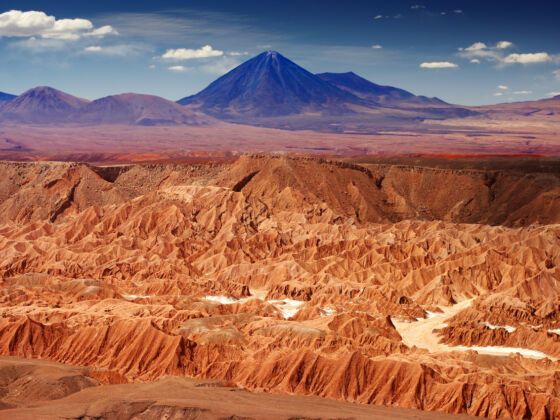It all started with Neruda. Ten summers ago I read Full Woman, Fleshly Apple, Hot Moon, a bilingual edition translated by Stephen Mitchell.
At the time I knew nothing about Neruda or the way poetry and language could ‘define’ a place in time. Up until then the only thing that had done that was music.
